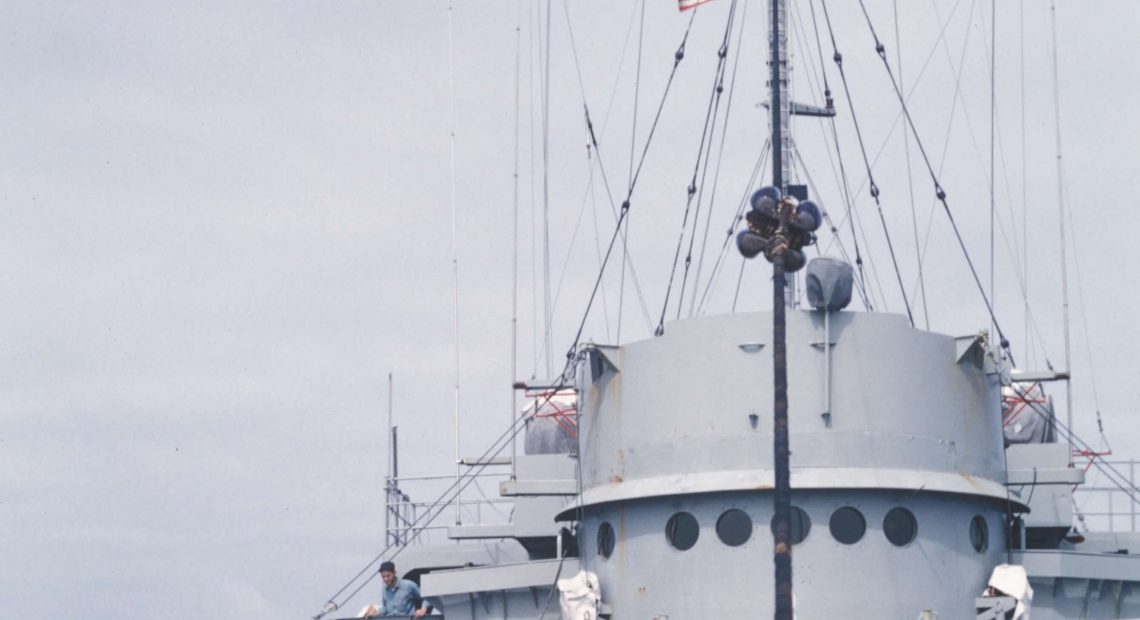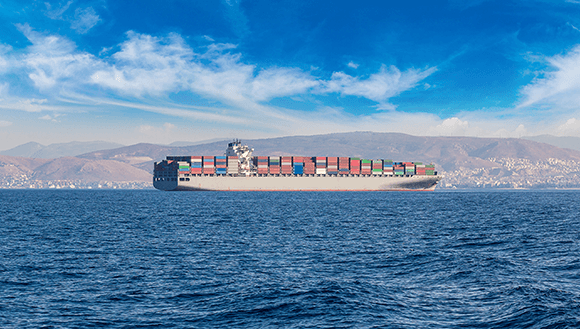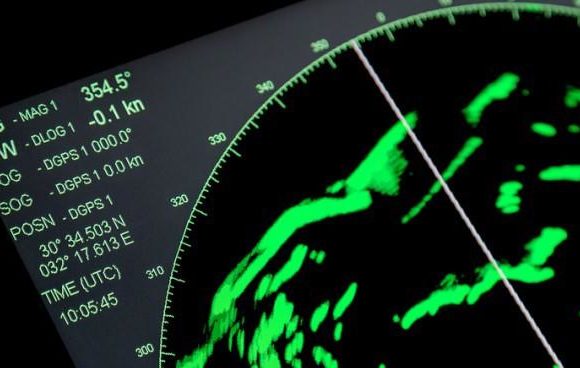Oceanographic Sensors and their Role in Understanding Climate Change

As climate change continues to affect our planet, it is crucial to understand the mechanisms behind it and how it affects the Earth’s ecosystems. One important tool that has been instrumental in gathering data to understand climate change is oceanographic sensors. These sensors have been used to measure various parameters of the ocean, including temperature, salinity, dissolved oxygen, and carbon dioxide levels. The data collected by these sensors is used by scientists to monitor changes in the ocean and predict how these changes will affect the planet’s climate.
Oceanographic sensors are essential in understanding climate change because they allow us to gather data that is difficult to obtain through other means. The ocean is vast and deep, and it is impossible to monitor all its parameters manually. Oceanographic sensors, however, allow us to gather data continuously, over large areas, and at different depths. This data is essential in understanding how climate change affects the ocean, which in turn affects the planet’s climate.
Temperature
One of the critical parameters that oceanographic sensors measure is temperature. Temperature affects the ocean’s circulation, which in turn affects the planet’s climate. As the ocean warms, its density decreases, which affects its circulation patterns. These changes can affect the distribution of heat around the planet and affect weather patterns. Oceanographic sensors measure temperature continuously, providing scientists with data that can be used to monitor changes in the ocean’s circulation.
Salinity
Salinity is another crucial parameter that oceanographic sensors measure. Changes in salinity can affect the ocean’s circulation, which, as we have seen, can affect the planet’s climate. Salinity can also affect the distribution of marine organisms, as different species have different salinity requirements. Oceanographic sensors provide scientists with data on salinity levels, which can be used to monitor changes in the ocean’s circulation and the distribution of marine organisms.
Dissolved oxygen
Dissolved oxygen is also a vital parameter that oceanographic sensors measure. As the ocean warms, its oxygen levels decrease. This decrease in oxygen can affect the distribution of marine organisms, especially those that require high oxygen levels, such as fish. Oceanographic sensors provide scientists with data on dissolved oxygen levels, which can be used to monitor changes in the ocean’s oxygen levels and the distribution of marine organisms.
Carbon dioxide
Carbon dioxide is also a parameter that oceanographic sensors measure. Carbon dioxide is a greenhouse gas that contributes to climate change. The ocean absorbs approximately one-third of the carbon dioxide produced by human activities. As the ocean absorbs more carbon dioxide, its pH decreases, making it more acidic. This increased acidity can affect the growth and survival of marine organisms, especially those with calcium carbonate shells, such as corals. Oceanographic sensors provide scientists with data on carbon dioxide levels, which can be used to monitor changes in the ocean’s acidity levels and the impact of carbon dioxide on marine organisms.
Oceanographic sensors have been used in numerous studies to understand how climate change affects the ocean. For example, a study published in the journal Nature in 2015 used oceanographic sensors to measure changes in the temperature, salinity, and density of the North Atlantic. The study found that the North Atlantic has been warming, and its circulation patterns have been changing. These changes can affect the distribution of heat around the planet, affecting weather patterns. Another study published in the journal Nature in 2018 used oceanographic sensors to measure changes in the carbon dioxide levels in the Southern Ocean. The study found that the Southern Ocean has been absorbing more carbon dioxide, which has led to an increase in its acidity levels. This increased acidity can affect the growth and survival of marine organisms in the Southern Ocean.
Oceanographic sensors have also been used to monitor the impact of climate change on marine ecosystems. For example, a study published in the journal Science in 2015 used oceanographic sensors to monitor changes in the pH levels of the Great Barrier Reef. The study found that the Great Barrier Reef is becoming more acidic due to the absorption of carbon dioxide, which is affecting the growth and survival of coral reefs. Another study published in the journal Environmental Science & Technology in 2019 used oceanographic sensors to monitor changes in the dissolved oxygen levels in the Chesapeake Bay. The study found that the Chesapeake Bay has been experiencing periods of low oxygen levels, which can lead to the death of marine organisms.
Oceanographic sensors play a significant role in monitoring changes in the ocean’s productivity, which can affect the distribution of marine organisms. A study published in the journal Scientific Reports in 2018 used oceanographic sensors to measure changes in the nutrient levels in the Gulf of Maine. The study found that the Gulf of Maine has been experiencing changes in its nutrient levels, which can affect the distribution of marine organisms, such as phytoplankton.
Wider use of oceanographic sensors
The use of oceanographic sensors is not limited to studying climate change. These sensors have also been used to monitor ocean conditions for a variety of applications, including navigation, fisheries management, and offshore oil and gas exploration. For example, oceanographic sensors are used to monitor ocean conditions for the safety of shipping vessels. These sensors can provide data on water temperature, wave heights, and currents, which can help ships navigate safely through the ocean. Oceanographic sensors are also used to monitor fisheries by providing data on the distribution and abundance of fish populations. This information is essential for managing fish populations sustainably. Oceanographic sensors are also used to monitor offshore oil and gas exploration by providing data on ocean conditions, such as temperature and currents, which can affect the safety of offshore drilling operations.
Challenges
Despite the importance of oceanographic sensors in understanding climate change and monitoring ocean conditions, there are still challenges that need to be addressed. One of the biggest challenges is the cost of these sensors. Oceanographic sensors can be expensive to purchase and maintain, which can limit their use in some areas. Another challenge is the difficulty of deploying and maintaining these sensors in harsh ocean conditions. Oceanographic sensors must be able to withstand strong currents, high waves, and corrosive saltwater. These challenges require innovative solutions to make oceanographic sensors more affordable and easier to deploy and maintain.
Conclusion
In conclusion, oceanographic sensors play a critical role in understanding climate change and monitoring ocean conditions. These sensors provide scientists with data on various parameters, including temperature, salinity, dissolved oxygen, and carbon dioxide levels, which are essential in monitoring changes in the ocean and predicting how these changes will affect the planet’s climate. Oceanographic sensors have been used in numerous studies to understand how climate change affects the ocean and marine ecosystems. Despite the challenges associated with oceanographic sensors, innovative solutions are being developed to make these sensors more affordable and easier to deploy and maintain. As climate change continues to affect our planet, the use of oceanographic sensors will become even more critical in understanding and mitigating its impact.
According to Dr. Sylvia Earle, a renowned oceanographer, “The ocean is the planet’s life support system. If we lose the ocean, we lose everything.”
Oceanographic sensors provide us with a vital tool to monitor the health of the ocean and the planet’s life support system. It is essential that we continue to invest in this technology and use it to its fullest potential to protect and preserve our oceans and planet.
Resources
Oceanographic Sensors
Climate change – WIKI
Climate change – UN















